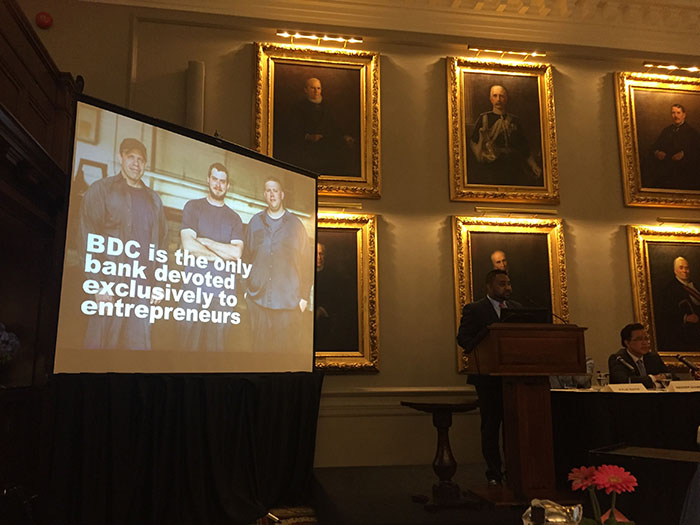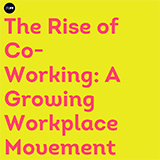-
Living
Living Room
Living Room LookbookClassic or contemporary, bring everyone together with modern living room furniture.
-
Dining
Dining Room
Dining Room LookbookBring style and sophistication to the table. Pair iconic modern dining tables with signature side chairs.
-
Work from Home
Work from Home
Work from Home InspirationModern Comfort that Works.
An affordable range of desks, chairs and accessories for working and learning at home. Most products ship free in 1–3 days. -
Outdoor
-
Collections
Collections
Since 1938, Knoll has been recognized for creating modern furniture that inspires, evolves, and endures. Steeped in the history of modernism, our vision is carried forward today by the most talented contemporary designers.
-
In Stock
In Stock
Discover classic and contemporary solutions for living, dining, and more with in-stock designs available in 1–2 weeks or as quickly as 1–3 days.
-
Inspiration
Inspiration
Discover how Knoll furniture comes together to create inspired modern interiors throughout the home.
Stories
Design Together
-
Products
Products
We believe well-designed objects deliver efficiency, joy and satisfaction to the people who use them.
-
Collections
Collections
Whether you are a commercial, educational, healthcare or government organization, we can help you achieve your workplace goals with an unmatched collection of products across a constellation of brands.
-
Resources
Resources
Resources and tools for architects, designers and facilities professionals.
Designer Resources
Product Information
Showrooms & More
-
Planning
Planning
We match your needs with research-supported tools, techniques, and insights we've developed over eight decades, applying our holistic understanding of the interplay between people, architecture and furniture, and the experiences they create.
Workplace Perspective
-
Discover
Discover
Learn how we use modern design to connect people to their work, their lives, their world.
















 Each panelist, belonging to different workplace environments, spoke about the various ways their respective companies have increased productivity. Nadeem Shabbar began the discussion by posing the difficult question of how one creates a space that inspires people to do good work. For a retail bank, where traffic is declining at various branches, creating a space that engages employees is imperative for productivity. RBC Corporate Real Estate offices switched from dedicated spaces, private offices, cubicles, one-to-one seating, and stationary workforces to alternative workplaces, desk sharing, open plan office, virtual meetings, collaboration zones, quiet zones, and free address. These renovations, Shabbar pointed out, greatly improved productivity and employee satisfaction.
Each panelist, belonging to different workplace environments, spoke about the various ways their respective companies have increased productivity. Nadeem Shabbar began the discussion by posing the difficult question of how one creates a space that inspires people to do good work. For a retail bank, where traffic is declining at various branches, creating a space that engages employees is imperative for productivity. RBC Corporate Real Estate offices switched from dedicated spaces, private offices, cubicles, one-to-one seating, and stationary workforces to alternative workplaces, desk sharing, open plan office, virtual meetings, collaboration zones, quiet zones, and free address. These renovations, Shabbar pointed out, greatly improved productivity and employee satisfaction. The discussion ended with Sue Bennett presenting the ways in which businesses can use design to implement such tactics. Bennett has been using a process called the Discovery Initiative Guide to help companies become more productive through workplace design. She points out that it is not about lowering the square footage of an office, but about being the best in the marketplace, getting the best people, and being technologically advanced. Bennett’s guide stresses the importance of understanding the people, space, and business factors unique to each client, and provides the consulting tools for information-gathering and benchmarking, strategic reporting, and training.
The discussion ended with Sue Bennett presenting the ways in which businesses can use design to implement such tactics. Bennett has been using a process called the Discovery Initiative Guide to help companies become more productive through workplace design. She points out that it is not about lowering the square footage of an office, but about being the best in the marketplace, getting the best people, and being technologically advanced. Bennett’s guide stresses the importance of understanding the people, space, and business factors unique to each client, and provides the consulting tools for information-gathering and benchmarking, strategic reporting, and training.







